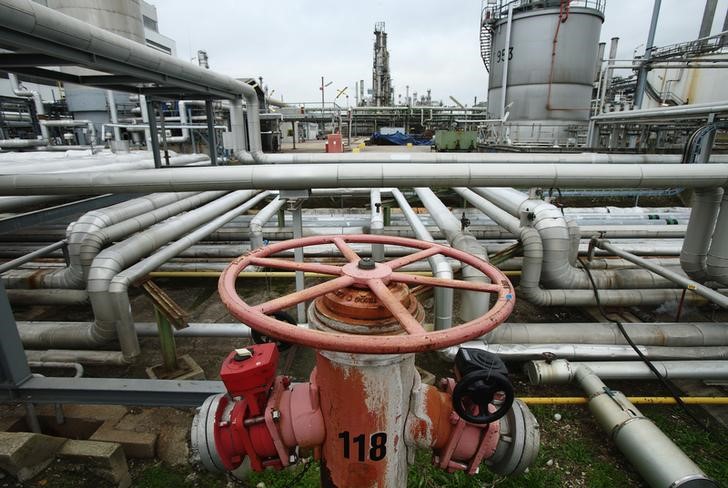By Peter Nurse
Investing.com - Oil markets traded higher Monday, with the U.S. benchmark WTI Futures underperforming given the resurgence of Covid-19 cases in many states, while the international benchmark Brent gained on signs of tighter supply.
At 8:45 AM ET (1245 GMT), U.S. crude futures traded 0.1% higher at $40.68 a barrel, from its previous settlement on Thursday with U.S. markets closed on Friday. The Brent contract rose 1.1% to $43.27.
The number of new Covid-19 cases in the U.S. soared over the weekend, with a number of states seeing record levels. Florida's cases have risen by over 10,000 for three out of the last four days, including climbing by 10,059 on Sunday. Cases are also soaring in Arizona, California and Texas and trending upwards in Midwest states that once had falling infection rates, according to Reuters.
These states are having to react to this resurgence in cases by partially introducing social distancing measures, which could hit the recovery of oil demand.
“We will get a better idea of what impact tighter restrictions in several states have had on gasoline demand with the EIA report this week,” said analysts at ING, in a research note. “For now, data for several cities in affected states does not show a significant reduction in road traffic week-on-week.”
That said, the WTI contract is still underperforming its Brent rival, with the international market remaining focused on tightening supplies as production by the globe’s major producers has fallen to its lowest in decades.
OPEC and allies including Russia, collectively known as OPEC+, have pledged to slash production by a record 9.7 million barrels per day for a third month in July. After July, the cuts are due to taper to 7.7 million bpd until December.
Attention will soon turn to the group’s Joint Ministerial Monitoring Committee, which is set to meet in mid-July, and what it recommends to OPEC+ as a whole in terms of production levels.
Also helping the Brent contract are reports that Saudi Arabia, the world’s largest exporter, had raised its official selling prices for all types of its crude in August by $1. This has reinforced confidence that the physical market is approaching balance (despite high levels of crude in storage across the world).
